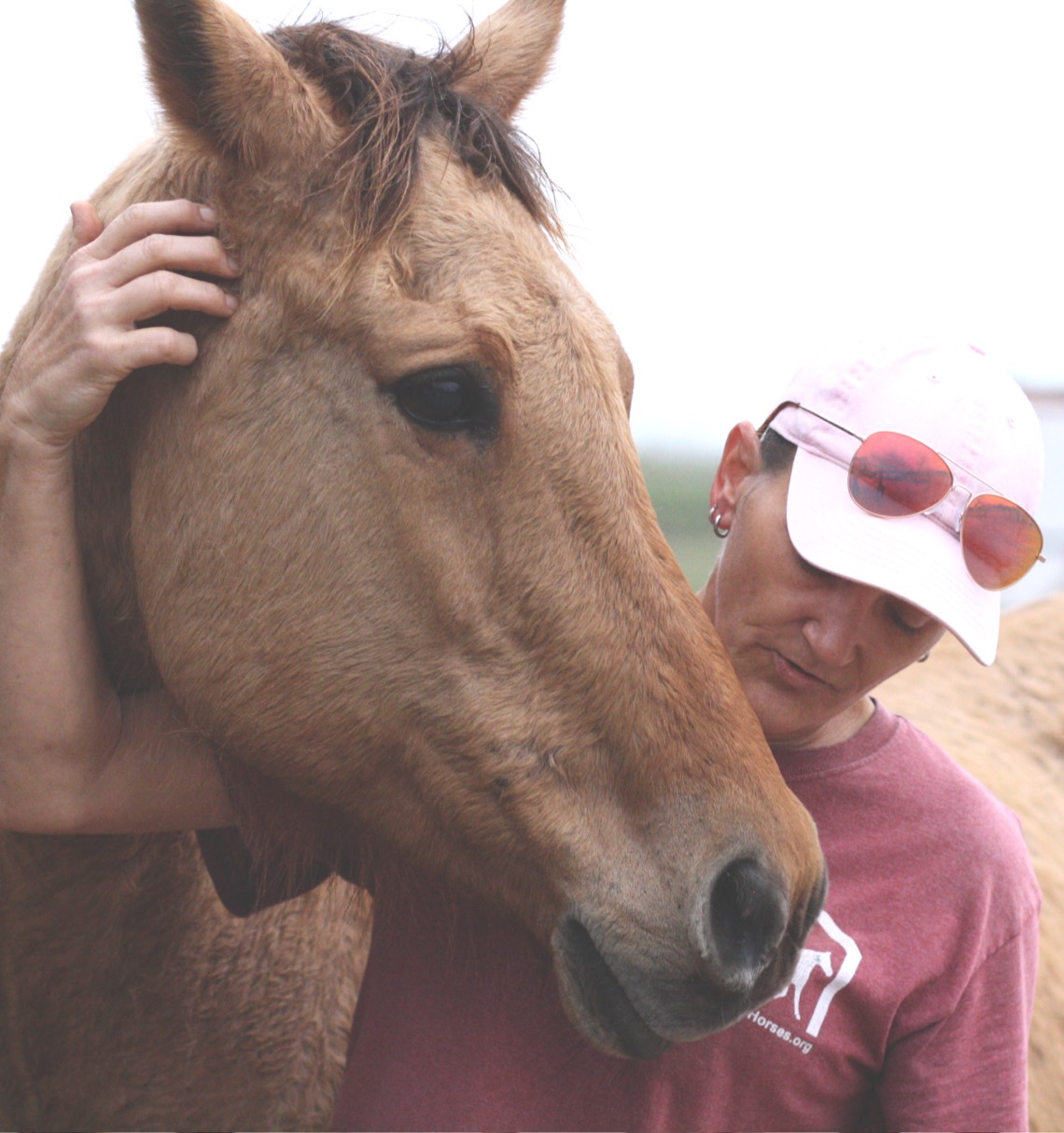The Horse that Could Do Math: The Unintentional Clever Hans Hoax
Hans the Clever Horse was not so much a hoax as a testament to the empathetic nature of the human – horse relationship. Hans was indeed a very clever horse, learning a method by which he could please us that required noticing subtle cues. Something all horse people should be aware of. Our body language speaks volumes to our equine friends. ~ HfH
From: Today I Found Out
By: Tegan Jones
Move over Mr. Ed, Clever Hans was the original horse who could communicate with humans in complex ways. Well, at least it seemed that way at the time.
This phenomenon began in the late 19th century with a German mathematics teacher by the name of Wilhelm Von Osten. He was a student of phrenology, which meant that he adhered to the belief that a person’s intelligence, among other things, can be determined by the size and shape of their head. In addition, he was interested in animal intelligence and the idea that it was greatly underestimated by the human race.
As a result of his beliefs, Von Osten decided to attempt to teach three different animals – a cat, a bear and a horse named Hans. The first two didn’t turn out so well, but at least he escaped being mauled by the bear. To his delight, the horse did seem to respond to Von Osten’s mathematical tutelage.
It began with Hans simply tapping out numbers written on a blackboard. Any number under 10 he could count by tapping one of his hooves. Von Osten was excited and encouraged by this progress and thus decided to test the horse further. He began writing out basic mathematical problems and attempted to train Hans to recognize simple symbols. This proved relatively easy for the animal and before long he was able to provide correct answers to a myriad of problems, including fractions, square roots and multiplication.
Von Osten decided to take Hans on the road, and in 1891 he was performing free shows all over Germany. By this stage, Hans was able to spell out names with his taps, as well as tell the time and work out dates. Despite the fact that his accuracy wasn’t 100%, Hans’ abilities were impressive enough to draw large crowds, as well as attract the attention of skeptics such as the New York Times (who ran a front page story about the horse) as well as Germany’s board of education. The latter decided that they wanted to investigate Hans’ abilities, which Von Osten readily agreed to. After all, he knew he was no fraudster and there was no scandal to be exposed.
The investigation team became known as the Hans Commission and it was comprised of a variety men from differing professions. These included a psychologist, a few school teachers, a circus manager, two zoologists, and a horse trainer. Despite thorough investigation and testing, the commission concluded in 1904 that there was nothing fraudulent about Hans’ abilities and that he really was a gifted horse.
Despite their findings, a psychologist by the name of Oskar Pfungst remained skeptical about Hans and his supposed abilities. With the permission of Von Osten, he picked up where the Hans Commission left off and embarked on some thorough and unique investigation techniques. Firstly, he had a tent erected in which the experiments would take place. The primary purpose of this was to shield the investigation, and Hans himself, from outside distraction and contamination. He then made a large list of questions to ask Hans, as well as the variables that could effect the outcome.
At first, Hans reacted to questioning as normal as usual, at least when his owner asked them. However, things began change when Pfungst began to change certain environmental factors during the questioning. For instance, he asked Von Osten to stand further away when asking Hans questions. The horses’ accuracy diminished, though nobody was sure why.

